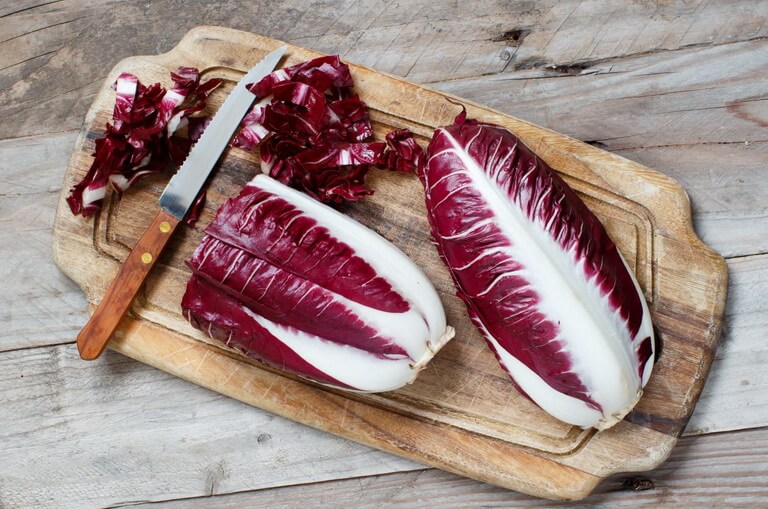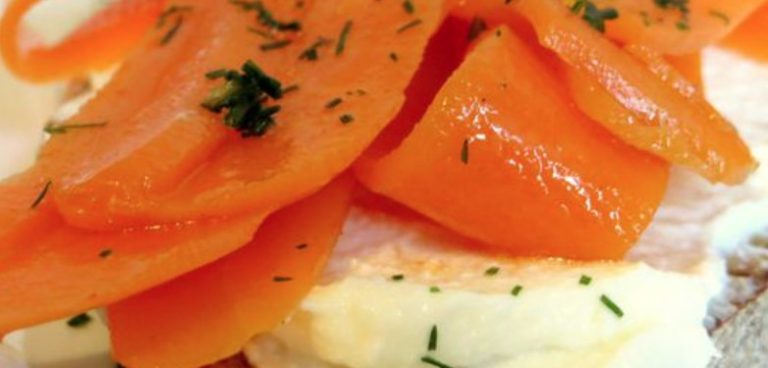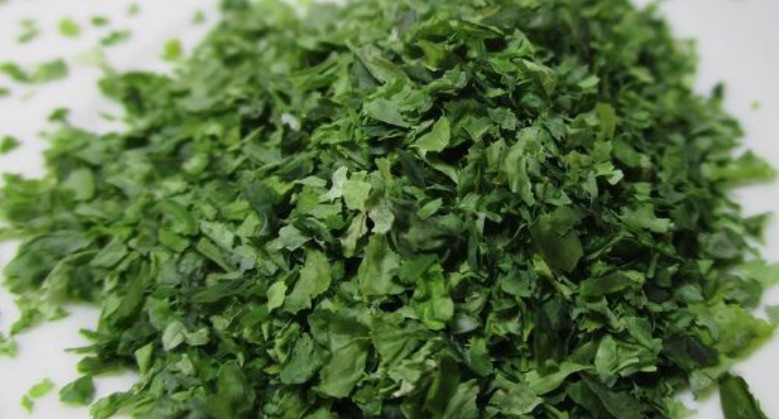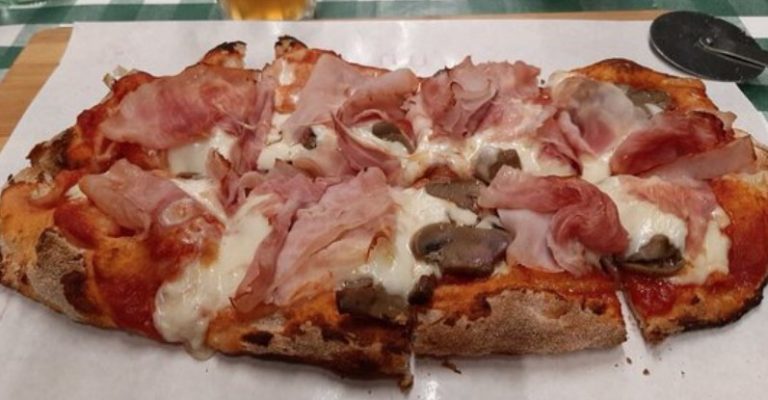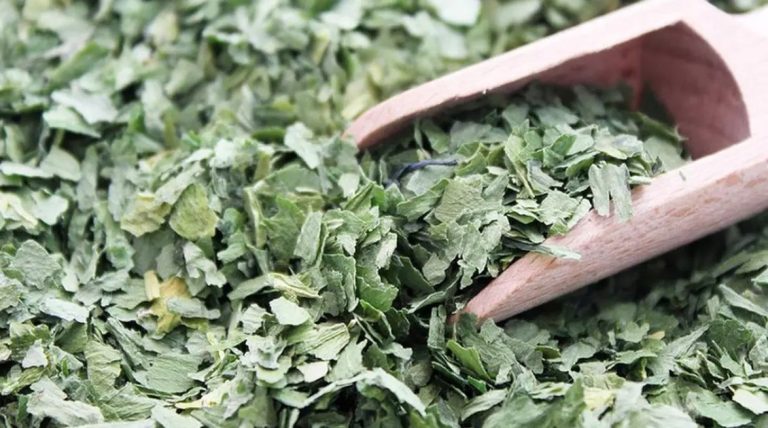If you want to prepare shiitake mushrooms, there are a few things to consider. We will tell you how best to clean, cook and store the aromatic mushroom.
Shiitake mushrooms have been known in Asia for two thousand years as a food and medicinal product. The edible mushroom is very aromatic and a popular delicacy. It is used in a variety of ways, especially in Chinese and Japanese cuisine.
Cultivating mushrooms is not difficult and shiitake can also be cultivated without any problems in our climate zone. They grow particularly well on the deadwood of oak and hornbeam. The first harvest is possible after about 12 months. After that, you can continue harvesting from the same wood for a few more years.
Things to know about shiitake mushrooms

When you buy shiitake, it is best to find out about the origin and quality of the mushrooms. Make sure the mushrooms are organic and locally sourced. In this country, shiitake mushrooms are often imported from Asia. However, such products have a long transport route behind them and cause high CO2 emissions. If possible, buy the mushrooms in the mushroom season, i.e. in the fall.
Choose shiitake that look plump and juicy. You should not eat mushy specimens. Small cracks, spots or scales are also typical of the appearance of the mushrooms. You can easily rub them off when cleaning before you prepare the shiitake mushrooms.
Whether you have to wash mushrooms is a question that cannot be answered unequivocally. It is usually not recommended to wash fresh mushrooms under running water. It is enough if you wipe the shiitake mushrooms with a brush or a damp cloth. With mushrooms from the field, there is often more dirt that can only be washed off with water. In any case, make sure that the shiitake mushrooms are clean before preparing them.
Preparing shiitake mushrooms: you should pay attention to this
There are a few things to keep in mind when preparing the shiitake mushrooms:
You can get shiitake mushrooms fresh or dried. The dried mushrooms are particularly aromatic because they no longer contain any moisture. The fresh mushrooms are fleshier in consistency and slightly milder in taste.
In dried form, shiitake are used in Asia as dried mushrooms for sauces or soups. The advantage: dried, the mushrooms can be kept for many months and can also be eaten outside of the mushroom season.
The best way to store fresh shiitake mushrooms is in the fridge. Store them in an air-permeable container, paper bag, or wrapped in cotton cloth. So they can be kept for a few days. Attention: In a plastic bag, the mushrooms mold very quickly and can form toxic substances.
Traditionally, shiitake mushrooms are fried, steamed or dried. Edible mushrooms cannot be boiled. You can use small mushrooms whole. It is best to cut larger specimens into fine slices so that they can cook through.
In principle, you can also eat shiitake mushrooms raw. However, the consumer center advises against excessive consumption of raw mushrooms. They can be contaminated with pollutants and are usually difficult to digest. The consistency of the shiitake mushrooms is also very firm to the bite. If you are preparing shiitake mushrooms, you should heat them well and slice them thinly.
Prepare Shiitake Mushrooms: Easy Mushroom Skillet

This simple shiitake mushroom pan is suitable as an accompaniment to warm dishes, as a snack between meals or with fresh bread and salad. Due to the simple method of preparation, the mushrooms develop their own aroma particularly well.
Season the mushroom pan with the herbs of your choice. Parsley, chives or thyme, for example, go well with the mushrooms.
Ingredients:
200g shiitake mushrooms
50g butter or margarine
1 pinch(s) of salt
1 pinch(s) of pepper
1 handful of fresh herbs as needed
Directions:
Wipe the shiitake clean and cut into 2-inch slices. You can also fry small mushrooms whole.
Melt the butter in a frying pan. Use plant-based margarine if you want to prepare the shiitake mushrooms vegan.
Add the shiitake to the pan and stir to coat all of the mushrooms in butter.
Fry the mushrooms over medium heat for four minutes until they turn slightly brown.
Remove the mushroom pan from the heat and season the shiitake with salt and pepper.
Serve the shiitake mushroom stir-fry with your choice of chopped herbs.
Tip: You can also add variety to other mushroom dishes by preparing them with shiitake mushrooms. Simply replace the mushroom varieties in the recipe with shiitake.
Get inspired by simple recipes with chanterelles and porcini mushrooms.
Try the shiitake in a mushroom soup as an alternative to porcini mushroom soup or chanterelle soup.
A classic mushroom dish is pasta with chanterelles. You can also prepare this classic with shiitake mushrooms.
If you want something a little more unusual: Shiitake taste great in risotto. You can use our recipes for porcini mushroom risotto or chanterelle risotto as a guide.
Use the mushrooms as a meat substitute, for example in a mushroom goulash.
You can either completely replace the mushrooms in the recipes or add just a portion of the shiitake. But keep in mind that the aroma of the shiitake is very intense and can quickly mask the flavors of the other ingredients.


